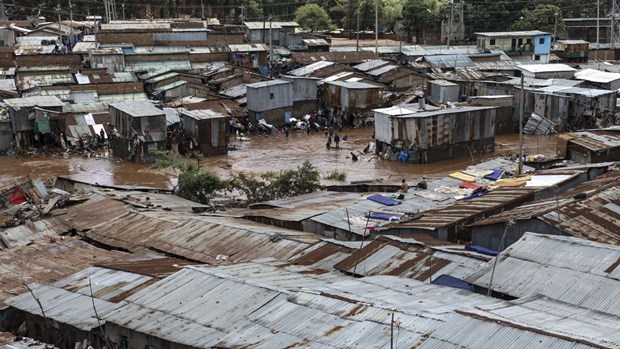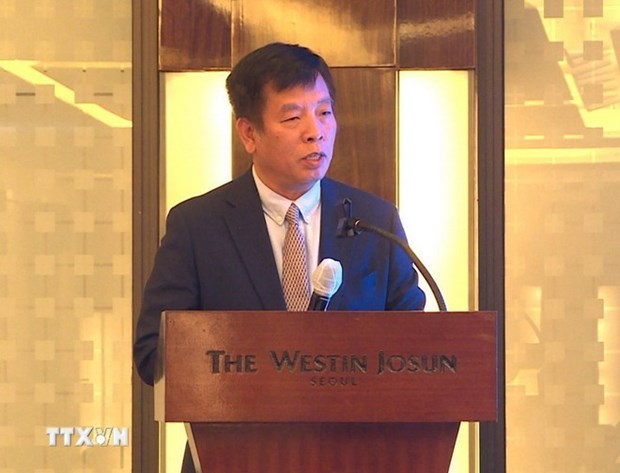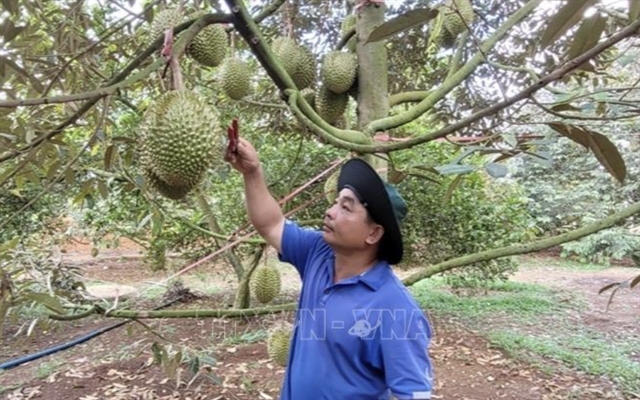 Opinion
Opinion
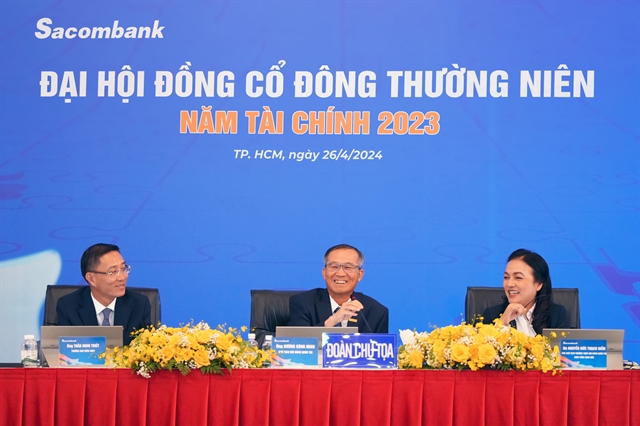
Dr.Lê Quốc Phương, former deputy director of the Ministry of Industry and Trade’s Information Centre, talks to Việt Nam News Agency on the role of wholesale markets in Việt Nam.
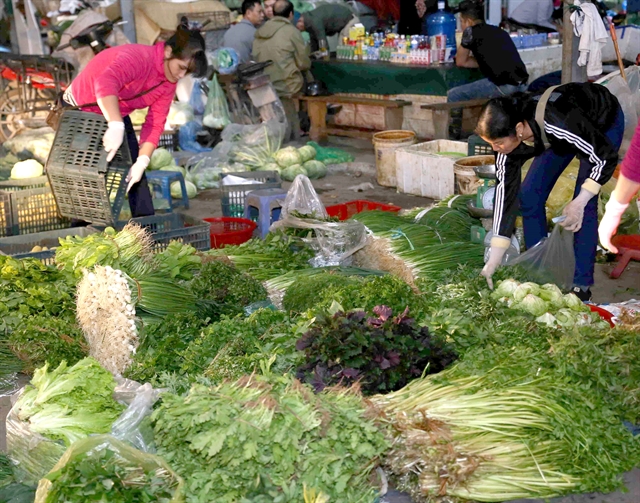
|
| Wholesale market Phùng Khoang in Nam Từ Liêm District of Hà Nội. The market is estimated to provide for the city nearly 20 tonnes of vegetables, meat and fish of all types every day. — VNA/VNS Photo Vũ Sinh |
Dr.Lê Quốc Phương, former deputy director of the Ministry of Industry and Trade’s Information Centre, talks to Vietnam News Agency on the role of wholesale markets in Việt Nam.
What do you think about the development of wholesale markets in Việt Nam?
At present, Việt Nam has so far 83 wholesale markets. They account for almost 1 per cent of all Vietnamese markets.
On average, wholesale markets saw average development of about 4.5 per cent between 2014 and 2017. Some of them have been built well and modernly refurbished like the Bình Điền and Hóc Môn markets in HCM City.
Most wholesale markets are located in the countryside’s rural areas, heavily populated areas, transport focal points and other concentrated agriculture production areas. However, the main products sold in wholesale markets are farm produces.
Wholesale markets play an important role for many localities. Why does the number of these markets remain slow to grow and what are the difficulties?
There aren’t many wholesale markets in Việt Nam and their quality is not up to demands. Most of the markets are small and outdated, and lacking accompanying services like financial services, ensuring food safety, origin tracing or fire safety.
According to the Ministry of Industry and Trade, the construction of a market in Việt Nam costs around VNĐ 40 billion (US$1.8 million). Such a sum is high, that’s why it is not easy to mobilise the investment from either the State budget or private companies.
To encourage private engagement in the development of markets, policies such as tax or credit incentives or land preferential policies are certainly needed.
Has Việt Nam adopted any financial mechanisms to encourage the development of local wholesale markets?
In the past few years, the Government, concerned ministries and local authorities have come up with many policies to promote the development of traditional and wholesale markets.
For example, in 2003, the Government issued Decree No 2/2003/NĐ-CP on the development and management of markets in the country. On April 29, 2014, the Prime Minister signed Decision No 634 for the development of traditional markets to support the Government’s campaign to encourage Vietnamese people to use Vietnamese made goods, which is just one among many others issued by the Prime Minister in boosting domestic trade and market system.
To turn the PM’s decisions into a reality, the Ministry of Industry and Trade, the Ministry of Finance and the local authorities in many localities have issued documents to support the development of markets in general and wholesale markets in particular. All these documents contain both general legal framework and specific measures to foster the development of wholesale market system.
What do you think about the competition between foreign retail groups and Vietnamese wholesale markets?
With international integration, many supermarkets, convenience stores and retail outlets have joined the market and become competitors to Vietnamese traditional and wholesale markets. These modern channels of goods distribution may sell the same products as their traditional counterparts but their approach to customers is better, their management capacity is better, and for foreign-owned ones, their budget is also higher.
However, traditional markets still have a certain place as many Vietnamese people still prefer them for daily needs. Traditional markets still have room to grow in the coming years. Other countries still have modern supermarkets and traditional markets existing side by side.
One of the challenges for the development of wholesale markets is how to trace the origin of goods and ensure food safety. What measures are needed for these issues?
We need to raise awareness, from producers to distributors and consumers. In many foreign countries, they use codes to trace origin, and in Việt Nam, this method has been applied at a few markets. We hope in the near future, using a code to trace the origin of goods will become a common practice. — VNS


